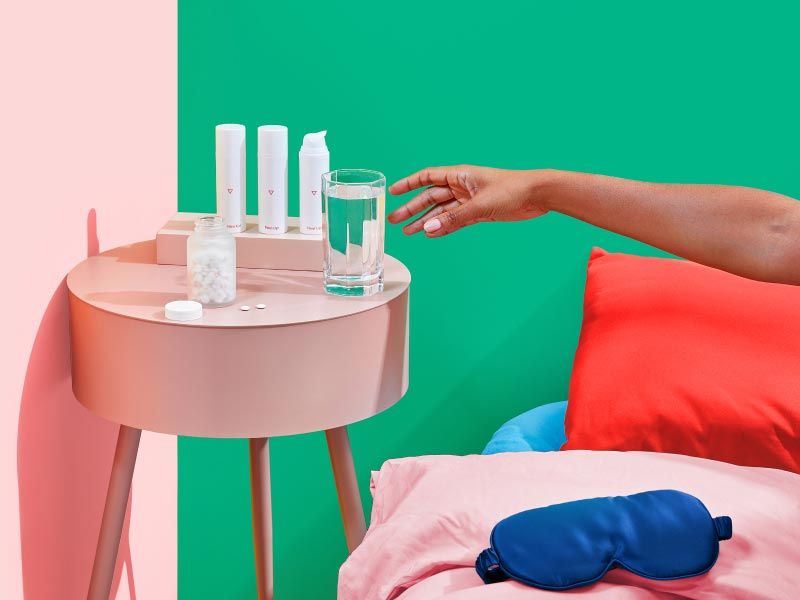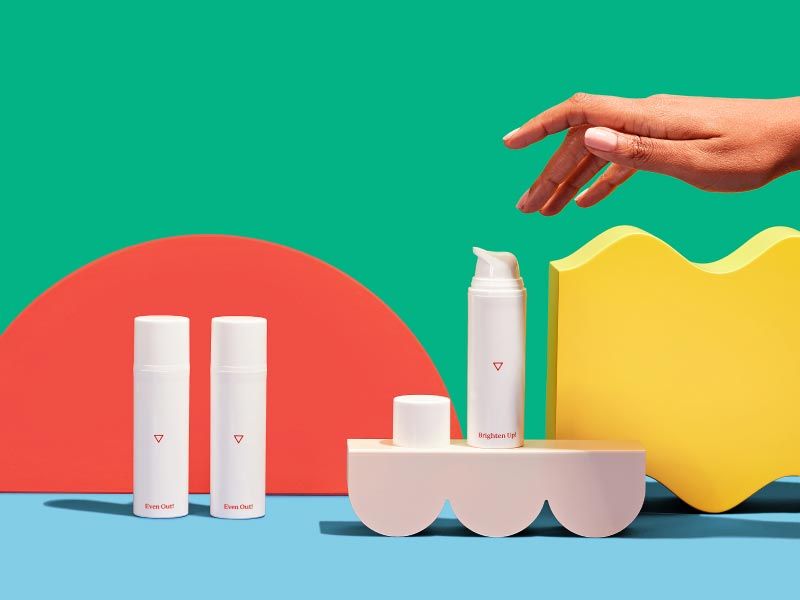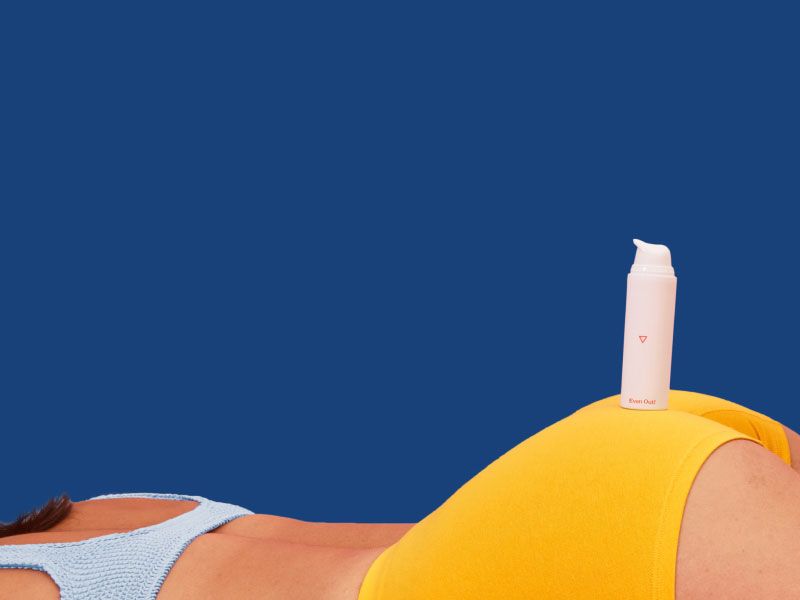
How To Use Hydroquinone
In Your Body Care Routine
Published on September 26, 2023
Updated on July 31, 2025
Written by Kathleen Morrison
Medically Reviewed by Andrea Sleeth WHNP-BC, MSCP
Hydroquinone is a prescription skincare ingredient that is often used to treat melasma and hyperpigmentation.
But did you also know that hydroquinone can be used on the body to lighten dark patches and can help treat a common pigmentation condition called acanthosis nigricans? When used properly in conjunction with your standard treatment plan (and some solid skin ingredients), hydroquinone can be a powerful part of your body care routine for smooth, even-toned skin.
Let’s dive into how to use hydroquinone and the benefits it can bring to your glow-up.
Wisp treatment options are available only after consultation with a licensed medical professional. You should consult with your healthcare provider before starting a new supplement or treatment regimen. Individual results may vary.
What is Hydroquinone?
Hydroquinone is the gold standard prescribed by dermatologists to lighten dark spots caused by melasma or hyperpigmentation from acne scarring. Hydroquinone works by decreasing the number of melanocytes present.
Melanocytes make melanin, which is what produces your skin tone. Used appropriately, it is not dangerous, but it does have side effects and it can cause allergic reactions in those with sensitive skin. However, the FDA has ruled that hydroquinone is a safe and effective way to address dark patches.
What does hydroquinone treat?
Hydroquinone is used to treat skin conditions related to hyperpigmentation. This includes:
- Acne scars
- Age spots
- Melasma
- Post-inflammatory marks from psoriasis, eczema, and healed burns
- Acanthosis nigricans
Hydroquinone’s powers are best used to fade marks that are no longer active or inflamed. For example, the ingredient can help minimize hyperpigmentation from acne scarring, but it won’t have an effect on redness from active breakouts.
What is acanthosis nigricans?
Acanthosis nigricans is a very common skin pigmentation condition that appears as dark patches of skin with a thick, velvety texture. It typically affects people who have diabetes or prediabetes, but can affect those with other medical conditions as well, such as:
- PCOS
- Metabolic syndrome
- Endocrine disorders
- Genetic Syndromes
- Malignancy or cancer
- Autoimmune disorders
Acanthosis nigricans can also present as a side effect of certain medications. While generally harmless, many people feel self-conscious about darker areas of their skin, especially during swimsuit season or more intimate moments. Alongside your existing treatment plan, hydroquinone is a safe way to help treat acanthosis nigricans and lighten dark areas located in the underarms, groin, and anus.
How to apply hydroquinone correctly
If you’re using hydroquinone to treat body hyperpigmentation, getting your application method right is just as important as choosing the right formula.
Make sure you follow your dosage and usage instructions carefully—you’ll find them on your prescription label!
But generally, you’ll start by applying a thin layer of the cream to clean, dry skin on the affected area only. Think of it like a spot treatment—you're not slathering it all over, just gently targeting those darker patches. At first, apply it once a day at bedtime for the first two weeks. If your skin is handling it well (no intense irritation, redness, or stinging), you can bump up to twice a day, morning and night.
Skip application to the genitals, and don’t use it on broken or irritated skin. It’s also key to take breaks: use hydroquinone for up to 4 months at a time, then give your skin at least 2 months off. This cycling helps avoid long-term overuse and lowers the risk of rare side effects like ochronosis (a condition where new pigment forms instead of fading).
When and where to apply hydroquinone for body hyperpigmentation
Hydroquinone works best on specific areas where dark patches have formed, like inner thighs, underarms, knees, elbows, or bikini lines. These are common spots where friction, hormones, shaving, or skin trauma can lead to stubborn discoloration.
Before applying, gently cleanse the area and let your skin fully dry (applying to damp skin can cause irritation). Use clean fingertips to dab a small amount directly onto the pigmented spots—don’t rub it all over the surrounding skin. Less is more here.
Avoid layering it with other active ingredients (like AHAs, BHAs, or retinoids) in the same area unless you’ve been told otherwise by a provider. And remember: this isn’t a permanent, all-over body lightening cream—it’s a targeted treatment for small, specific areas that need extra care.
Consistency is key, but so is patience. You may start noticing visible changes in about 4–6 weeks, with full effects showing up over a few months. Stay the course and be gentle with your skin—it’s doing its best.
What Are The Side Effects of Hydroquinone?
You may experience redness, dryness, peeling, itching, burning, and irritation at the application site. Hydroquinone also carries a risk of developing exogenous ochronosis, a blue-black discoloration of the skin. This risk increases with prolonged use of hydroquinone and continued sun exposure. To avoid this, you'll need to take periodic breaks from hydroquinone. As always, follow the advice of your doctor and wear a daily SPF of at least 30.
This medicine, like many medicines, can cause dangerous and potentially life-threatening side effects. If any of the emergency side effects listed in the manufacturer’s pamphlet or those below happen to you please stop taking the medicine and call 911 or seek immediate medical help in person:
- Severe skin rash, blistering, or changes
- Mucosal (eyes, mouth) rash/peeling
- Shortness of breath or wheezing
- Becoming pregnant while taking this medication
- Headache
- Nausea
- Vomiting
- Abdominal cramps
- Muscle twitching
What to avoid while you’re using hydroquinone
Hydroquinone can be a game-changer for body hyperpigmentation—but it’s strong, and that means you’ve got to treat it with a little extra respect. If you’re using hydroquinone for the first time, here are a few things to steer clear of so your skin can thrive and your results stay on track.
Skip the peroxides
Hydroquinone is a powerful skincare active, so there are some other common skincare products you should avoid when using it. Benzoyl peroxide, hydrogen peroxide, or other peroxide products can cause skin irritation, dryness, and temporary staining when used with hydroquinone.
Don’t use during pregnancy or breastfeeding
We don’t have good data about how hydroquinone can affect babies or developing fetuses, and hydroquinone can be absorbed by the skin and enter the blood. It’s a good idea to ask your doctor or dermatologist about alternatives for a skin-lightening agent if you’re pregnant or planning to become pregnant!
Where not to use hydroquinone on your body
Hydroquinone is made for targeted treatment, not for everywhere. Avoid applying it to broken skin, irritated areas, or super sensitive zones like your genitals. It’s also not meant for mucous membranes (so, no inside-the-nose, lips, or private-area application).
Stick to external areas like the underarms, thighs, or knees, where hyperpigmentation is common and where your skin can safely handle treatment. And remember: it’s a spot treatment, not a full-body fade cream. You’ll get better results (and less irritation) when you keep it focused.
Always wear sunscreen
Let’s be honest—no skincare routine works if the sun is undoing everything. When using hydroquinone, SPF is non-negotiable. Your skin becomes extra sun-sensitive, and skipping sunscreen can mean more discoloration (aka the exact opposite of what you’re trying to do). A broad-spectrum SPF 30 or higher every single day is your skin’s BFF.
Yes, even-toned skin is possible
Body hyperpigmentation is super common, and nothing to be ashamed of. Whether you’re navigating melasma, post-acne marks, or acanthosis nigricans, hydroquinone can be a powerful part of your routine when used safely and intentionally.
The real magic comes from consistency and care: apply it only where you need it, listen to your skin, and don’t skip the sunscreen. Give your skin time to do its thing, and take breaks from treatment when needed. No shortcuts, no pressure—just smart, steady progress toward a more even, confident glow.
And remember: you don’t have to figure this out alone. Wisp makes it easy to connect with licensed providers online who can help you create a treatment plan that works for your body and your goals.
Ready to feel more confident in your skin? Wisp’s here to help, on your schedule, and on your terms.
This blog post is for informational and educational purposes only and should not be taken as professional advice. Always consult with a qualified professional before making any decisions based on the information provided here.
Frequently Asked Questions (FAQ):
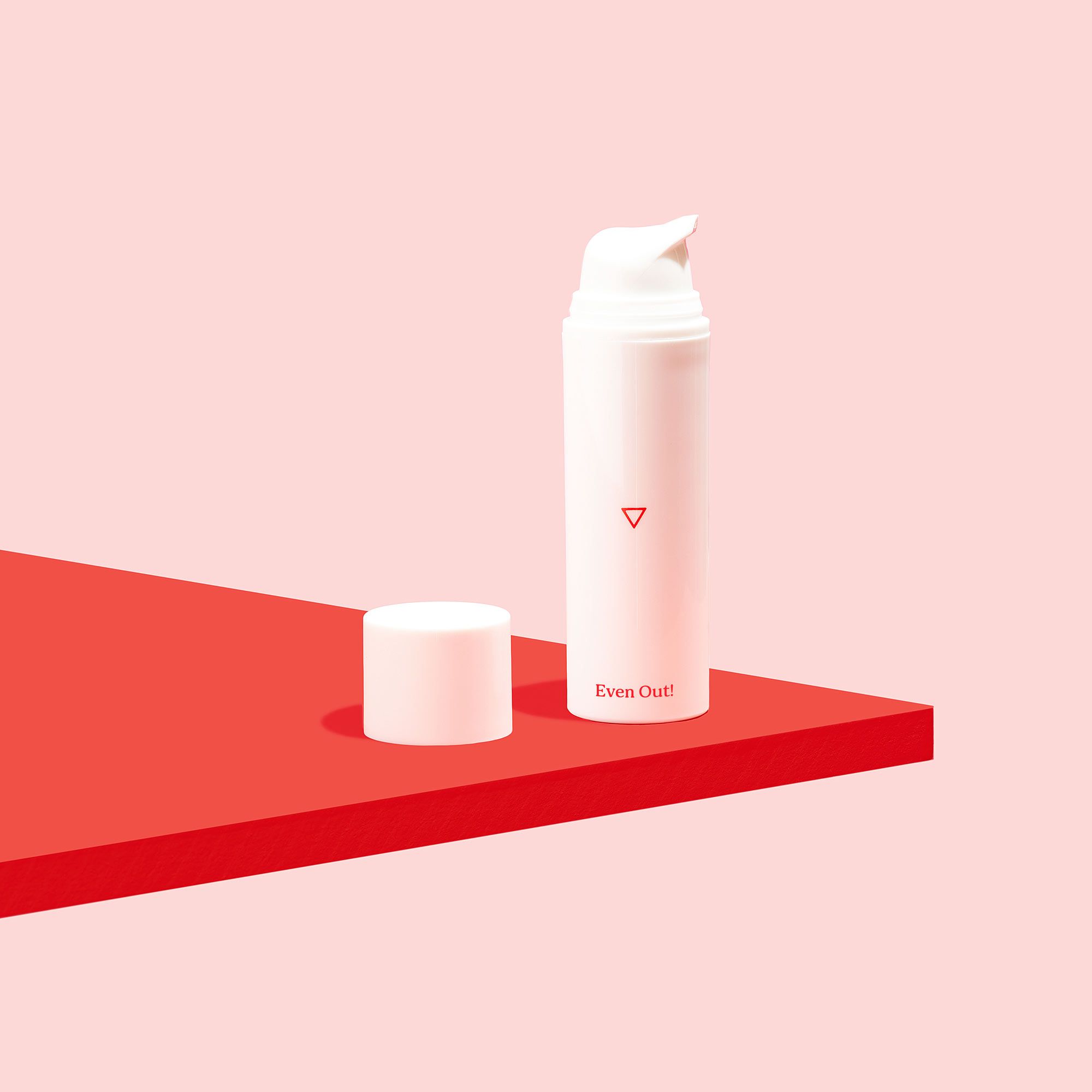
Even Out! Hydroquinone Cream (5%) for Body
$90.00
Prescription treatment for dark spots and melasma on the body, including the groin, underarms, and anus.
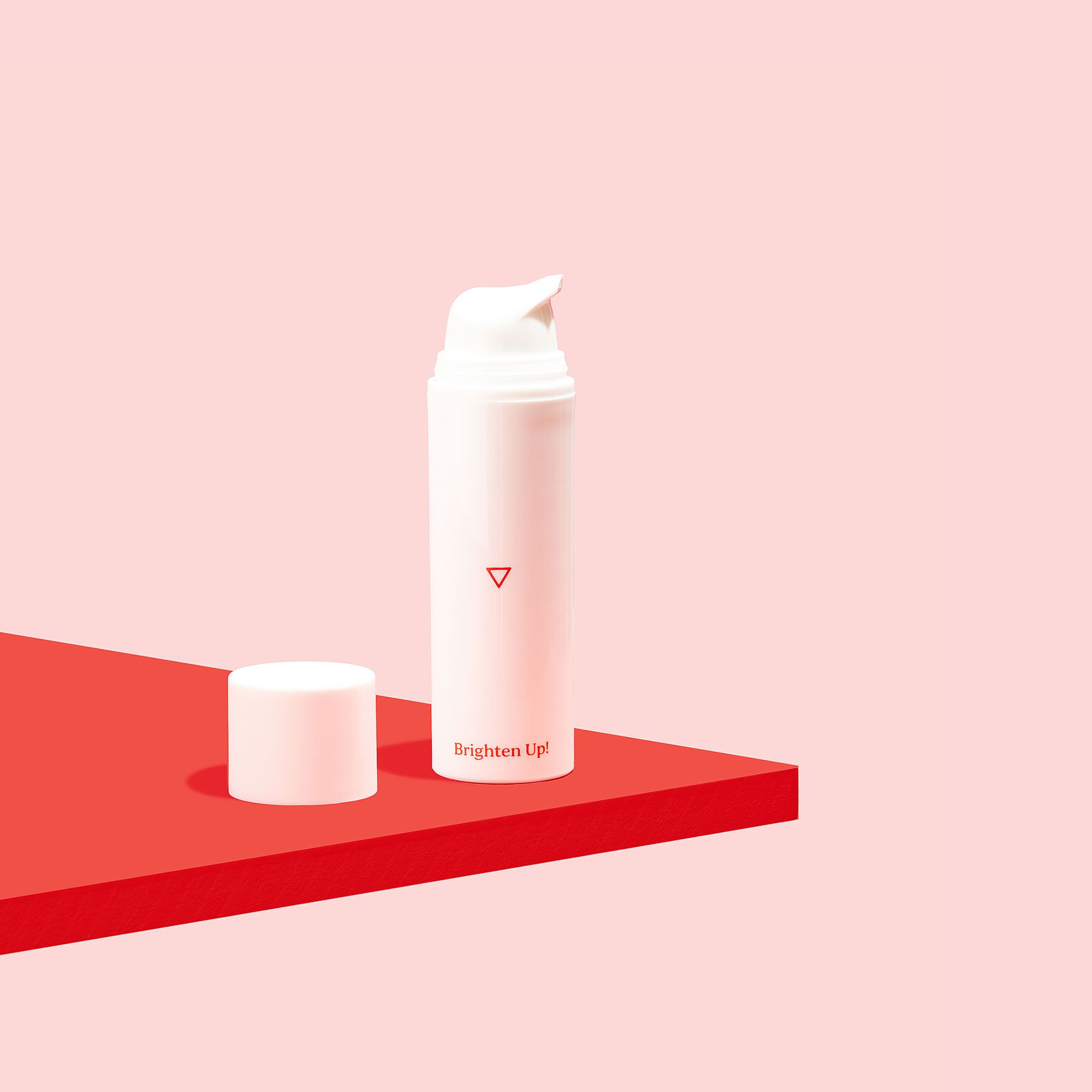
Brighten Up! Hydroquinone Face Cream (5%)
$90.00
Prescription treatment for dark spots and melasma on the face.
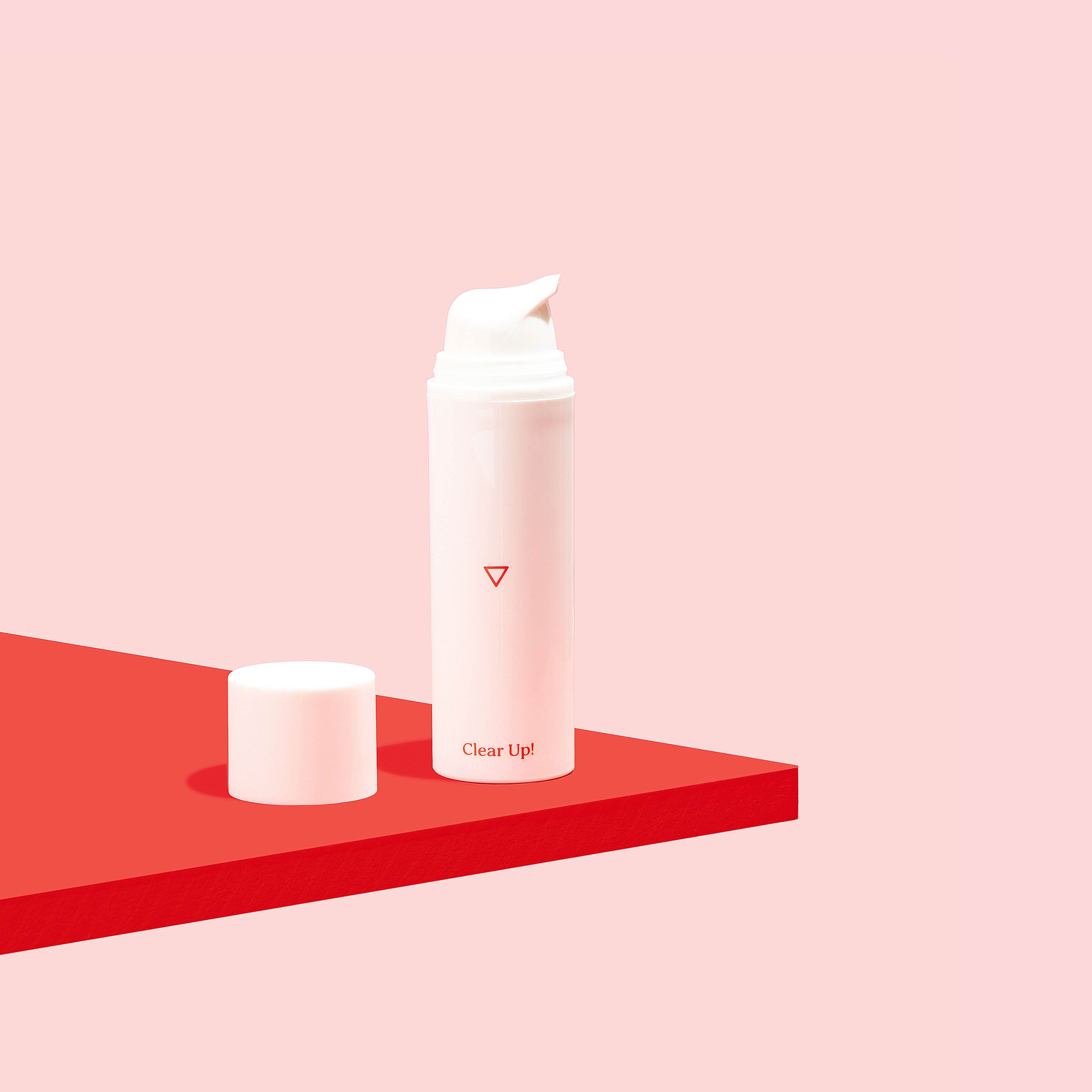
Clear Up! Prescription Acne Cream (Clindamycin + Retin A)
Starting at $75.00
Tretinoin 0.04%, Clindamycin 1.25%, Niacinamide 4% Prescription treatment for inflamed and stubborn acne.
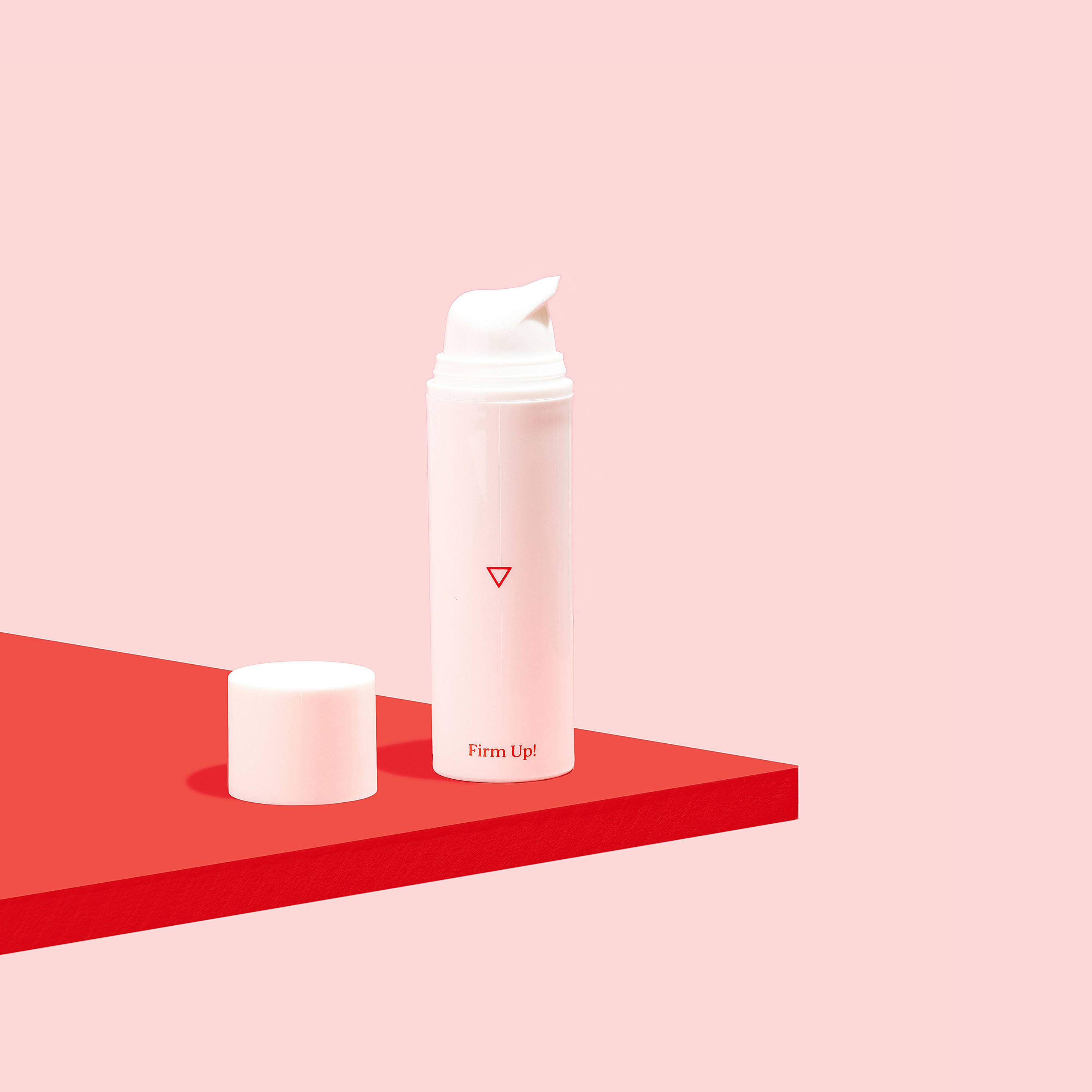
Firm Up! Wrinkle Cream | Tretinoin (.04%)
Starting at $75.00
Tretinoin 0.04%, Azelaic Acid 5%, Niacinamide 4% Prescription treatment for wrinkles, fine lines, and other signs of aging.
